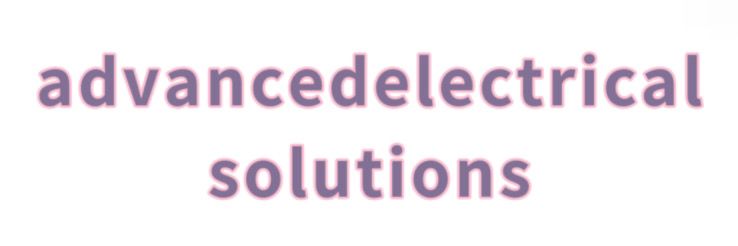Understanding Small Signal Schottky Diodes: Key Insights
With the continuous evolution of technology, the need for dependable electronic components is on the rise. Among these components, small signal Schottky diodes have emerged as a focal point. For engineers and designers who face challenges in power management, comprehending the effective usage of these diodes is crucial for improving overall circuit efficacy.
The Importance of Small Signal Schottky Diodes in Electronic Circuits
Small signal Schottky diodes are primarily engineered for high-frequency use, attributable to their low forward voltage drop and swift switching traits. In contrast to standard diodes, these components feature very low reverse recovery time, making them perfect for rapid switching scenarios, including RF applications, signal demodulation, and voltage clamping.
Challenges Encountered by Engineers
Despite their benefits, users may run into obstacles when integrating small signal Schottky diodes within their systems. A frequent challenge is inadequate reverse voltage capability, which can lead to diode breakdown. This issue becomes more pronounced in applications exposed to transient voltages or unexpected surges.
Essential Considerations When Selecting a Schottky Diode
Reverse Voltage Specification
Selecting a small signal Schottky diode necessitates a careful evaluation of its reverse voltage specification. This must align with the maximum voltage the diode is expected to face during its operational phase. Utilizing a diode with a reverse voltage rating that is too low could result in significant failures, thus thorough analysis of the operating conditions is vital.
Forward Current Ratings and Thermal Control
It is also important to take into account the forward current rating when choosing a diode. Surpassing this rating may cause overheating and, ultimately, diode failure. Effective thermal management solutions, such as the use of heatsinks or thermal pads, can aid in dissipating heat and extending the diode's service life.
Enhancing Performance through Thoughtful Integration
To achieve maximum performance, the integration of small signal Schottky diodes demands meticulous attention to circuit layout. Users should aim to minimize the length of PCB traces linked to the diode as this can reduce inductance and enhance switching performance. Furthermore, situating the diode in close proximity to the load can help mitigate voltage spikes caused by parasitic inductance.
Importance of Testing and Validation
Prior to finalizing any design, it is critical to perform comprehensive testing. Confirming the diode's performance in a controlled setting ensures that it functions as intended across a range of scenarios. Users can conduct transient analyses to witness the diode's responses to abrupt voltage fluctuations or noise within the system.
Conclusion: Making Educated Decisions
A deep understanding of the functionality and properties of small signal Schottky diodes can significantly enhance their utility in electronic designs. Tackling prevalent issues, such as selecting the appropriate reverse voltage rating and ensuring robust thermal management, is fundamental for effective implementation. By adhering to established best practices for circuit integration and engaging in thorough testing, engineers can fully leverage the potential of small signal Schottky diodes, resulting in more dependable and efficient electronic applications.


Comments